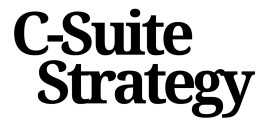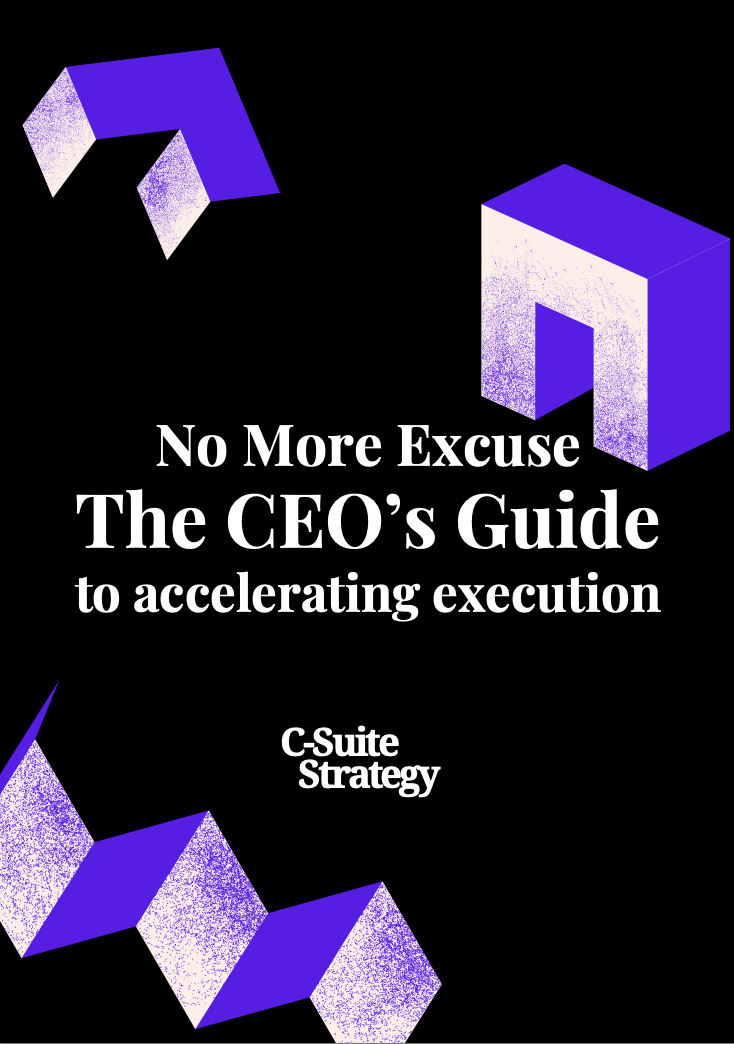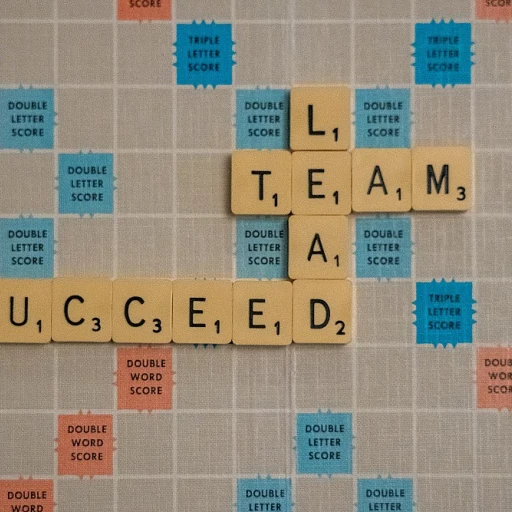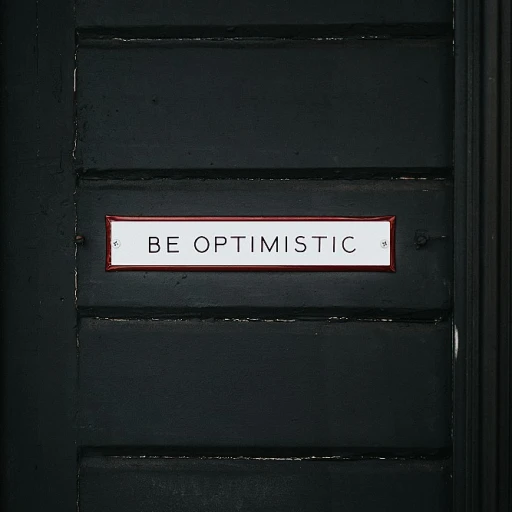
Understanding the Core Principles of Efficient Leadership
Grasping the Essence of Lean Leadership
In today’s fast-paced business environment, understanding the core principles of efficient leadership is crucial for aligning leadership practices with strategic objectives. Lean leadership, a concept that draws heavily from the Toyota Production System, emphasizes the importance of continuous improvement and respect for people. These principles are not only relevant in manufacturing but also in diverse sectors such as healthcare and technology.
Lean leaders prioritize long-term success over short-term gains, focusing on sustainable development and process optimization. By fostering a culture of continuous improvement, they empower team members to engage in problem solving and innovative thinking. This approach not only enhances the work environment but also drives the organization towards achieving its strategic goals.
Principles That Drive Success
The foundational principles of lean leadership include:
- Respect for People: Lean leaders understand that employees are the backbone of any organization. By respecting and valuing their contributions, leaders can cultivate a motivated and engaged workforce.
- Continuous Improvement: Encouraging a culture where team members are constantly seeking ways to improve processes and outcomes is vital. This mindset, known as kaizen, is a cornerstone of lean thinking.
- Focus on the Customer: Successful lean management involves aligning all activities with customer needs, ensuring that the organization delivers value at every touchpoint.
- Hoshin Kanri: This strategic planning process helps align the organization's goals with its operations, ensuring that everyone is working towards the same objectives.
By integrating these principles into their leadership style, leaders can effectively align their practices with the broader strategic objectives of their organization. This alignment is crucial for fostering a culture of continuous improvement and enhancing decision-making processes.
For more insights on navigating leadership dynamics, you can explore leadership dynamics in Spain.
Aligning Leadership Practices with Strategic Objectives
Integrating Leadership Practices with Strategic Priorities
Effectively aligning leadership practices with strategic objectives is critical for driving organizational success. Adopting lean thinking can provide a roadmap for ensuring that every action taken by leaders, teams, and employees contributes to the overarching goals of the organization. This approach, championed by leaders in various industries like healthcare and manufacturing, emphasizes a seamless integration between day-to-day operations and long-term strategic objectives. To begin with, lean leadership requires a clear understanding of the principles of lean, such as continuous improvement, hoshin kanri, and respect people. These principles help leaders focus on what truly matters, promoting a management style that prioritizes customer satisfaction and efficient problem solving. Leaders should regularly engage with their teams to ensure everyone understands the strategic priorities and the role they play in achieving them. Consider the influence of successful lean systems, like Toyota, which demonstrate how harmonizing leadership practices with strategic planning can lead to sustained growth and development. Lean leaders in such environments are deeply committed to fostering a culture of improvement and development, where every improvement in work processes leads to enhanced customer satisfaction and operational efficiency. To effectively align leadership with strategy, organizations could benefit from incorporating continuous improvement into their management systems. This can involve:- Encouraging leaders to identify and eliminate inefficiencies at the team and organizational level.
- Using lean principles to inform leadership decisions, ensuring they are not only effective but aligned with strategic goals.
- Building a culture that values collaboration and feedback, allowing team members to voice ideas that can contribute to the organization's strategic success.
Fostering a Culture of Continuous Improvement
Building a Culture of Unending Refinement
Effective leadership is more than just steering an organization in the right direction. It’s about fostering an environment where continuous improvement is part of the everyday language. Lean leadership emphasizes this, reflecting principles well-established in industries like healthcare and manufacturing. Drawing inspiration from Toyota, one of the pioneers in lean thinking, companies worldwide are beginning to see the benefits of nurturing an environment that encourages ongoing excellence.
Creating a culture that supports unceasing refinement requires management to prioritize certain elements:
- Respect for People: Employees are the cornerstone of any successful improvement initiative. Showing respect for every team member's contribution and thinking instills a sense of ownership. When employees feel respected, they are more likely to contribute innovative ideas and solutions to common problems.
- Leadership Style: Lean leaders adopt a style that is more facilitative than authoritative. By guiding rather than dictating, they empower their team members to take initiative and embrace problem-solving opportunities.
- Structured Processes: Implementing frameworks like Hoshin Kanri helps align improvement efforts with the organization's long-term strategic objectives. This approach ensures that every improvement aligns with broad business goals, facilitating a cohesive strategy across departments.
- Continuous Leadership Development: Developing leadership competencies is crucial in sustaining a culture of improvement. Organizations should invest in training leaders who understand lean principles and can effectively incorporate them into their day-to-day management strategies.
Integrating these elements into the fabric of your organization supports a work environment where continuous improvement is not just encouraged but expected. It’s this cultural backbone that separates fleeting success from long-term sustainability. To delve deeper into how strategic alignment in leadership can optimize your company’s developmental processes, consider exploring strategies for career advancement.
Enhancing Decision-Making Processes
Refining the Decision-Making Framework
Effective decision-making forms the backbone of any thriving organization. For lean leadership, this process transcends beyond mere executive decisions, extending into the realm of inclusive and collaborative approaches. Incorporating lean principles into decision-making mandates a thorough comprehension of lean thinking and a culture that supports continuous improvement.
At its core, lean management focuses on maximizing value while minimizing waste. Lean leaders apply these principles by fostering an environment where every team member is empowered to contribute to the decision-making process. This involves harnessing the collective wisdom of employees, acknowledging their insights, and integrating their feedback into strategic initiatives.
In healthcare, where efficient leadership is pivotal, adopting a systematic approach like Hoshin Kanri helps synchronize leadership practices with overarching organizational goals. This strategic alignment encourages leaders to distill complex information into coherent strategies, ensuring that every decision supports long-term objectives.
The hallmark of successful lean leadership lies in its ability to balance immediate problem-solving with a focus on sustainable development. By fostering an inclusive culture, leaders can enhance decision-making capability, ensuring decisions support both immediate needs and future ambitions.
Ultimately, integrating these refined decision-making processes can help organizations effectively navigate the complexities of modern business landscapes. Through a clear understanding of basic principles and continuous adaptation, leaders can ensure that their teams remain agile, responsive, and aligned with strategic goals.
Overcoming Challenges in Implementing Lean Leadership
Navigating the Complexities of Lean Leadership Implementation
Implementing lean leadership within an organization is no small feat. While the principles of lean management are well-regarded for driving efficiency and fostering a culture of continuous improvement, the path to successful lean adoption is often riddled with challenges. These challenges can range from resistance to change among employees to aligning lean principles with existing strategic objectives.
One of the primary hurdles in lean implementation is the shift in mindset required from both leaders and team members. Lean thinking demands a focus on long-term development and respect for people, which can be a significant departure from traditional leadership styles. This shift requires a commitment to leadership development and an openness to new ways of problem solving.
Overcoming Resistance and Building a Supportive Culture
Resistance to change is a natural human reaction, and lean leaders must be prepared to address this head-on. Building a supportive culture that embraces lean principles involves transparent communication and actively involving employees in the change process. Leaders must articulate the benefits of lean management, not just for the organization, but for the individuals within it.
Incorporating lean principles such as hoshin kanri can help align leadership practices with strategic objectives, ensuring that everyone is working towards a common goal. This alignment is crucial for overcoming resistance and fostering a sense of ownership among team members.
Ensuring Consistency and Adaptability
Consistency in applying lean principles is essential for achieving the desired outcomes. However, leaders must also remain adaptable, ready to refine their approach as the organization evolves. This balance between consistency and adaptability is key to maintaining momentum in the lean journey.
Lean leaders can draw inspiration from industries like healthcare and companies like Toyota, where lean management has been successfully implemented. By studying these examples, leaders can identify best practices and potential pitfalls, tailoring their approach to fit their unique organizational context.
Ultimately, the successful implementation of lean leadership requires a commitment to continuous improvement and a willingness to learn from both successes and setbacks. By embracing these challenges and focusing on long-term growth, organizations can unlock the full potential of lean leadership.
Measuring the Impact of Lean Leadership on Company Performance
Evaluating the Effectiveness of Lean Leadership
Measuring the impact of lean leadership on company performance requires a keen understanding of the core principles of efficient leadership. This involves assessing how well leadership practices align with strategic objectives, and how effectively a culture of continuous improvement is fostered within the organization. To truly gauge success, leaders must consider both quantitative and qualitative metrics.
Key Performance Indicators (KPIs)
Lean management principles emphasize the importance of data-driven decision-making. Therefore, establishing clear KPIs is crucial. These may include:
- Operational Efficiency: Track improvements in processes and workflows, ensuring that lean thinking is reducing waste and increasing value for the customer.
- Employee Engagement: Measure the level of engagement and satisfaction among team members. A motivated workforce often reflects successful lean leadership.
- Customer Satisfaction: Evaluate feedback and satisfaction levels from customers to ensure that lean practices are enhancing the customer experience.
Qualitative Assessments
Beyond numbers, the cultural shift towards lean leadership can be assessed through qualitative means. This includes observing the problem-solving capabilities of teams, the development of leadership skills among employees, and the overall improvement in workplace culture. Lean leaders should encourage open communication and feedback to identify areas for further improvement.
Long-term Impact and Continuous Monitoring
Successful lean implementation is not a one-time effort but a continuous journey. Regular reviews and adjustments based on hoshin kanri principles ensure that the organization remains aligned with its strategic goals. In the United States and globally, companies like Toyota have demonstrated that respecting people and fostering a culture of continuous improvement leads to sustainable success.
In conclusion, measuring the impact of lean leadership involves a comprehensive approach that combines both quantitative metrics and qualitative insights. By continuously evaluating and refining leadership practices, organizations can achieve significant improvements in performance and maintain a competitive edge.














